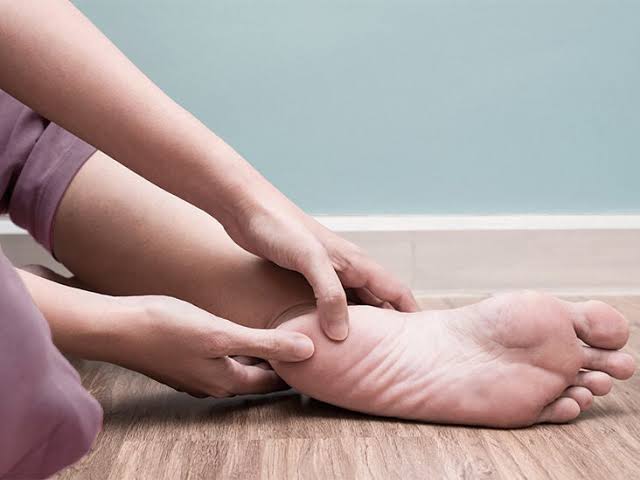Last Updated on March 13, 2024 by admin
Heel spurs can be a painful and uncomfortable condition that can make it difficult for you to walk or stand for long periods. Tamarac heel spurs are tiny, bony growths that can cause significant pain and discomfort in the foot. Dealing with the discomfort of a heel spur can be frustrating. Luckily, several treatment options are available to help alleviate your symptoms and get you back on your feet.
Here are ways to treat heel spurs.
Table of Contents
Stretching exercises
Tightness in the calf muscles can contribute to the development of heel spurs, so stretching these muscles regularly can help prevent and alleviate the condition. To stretch your calves, stand with your feet shoulder-width apart and place your hands on a wall or sturdy object for support. Step back with one foot and press the heel of that foot into the ground, keeping the other leg straight. Hold the stretch for 30 seconds, then change sides and repeat the process. Repeat the stretch many times daily to keep your calf muscles loose and flexible.
Ice therapy
Applying ice can help to relieve the inflamed heel tissue. To use ice therapy, fill a plastic bag with ice cubes or a cold gel pack, then wrap it in a towel or cloth. Place the ice pack on the heel for 15-20 minutes at a time, several times a day. Keep a barrier between the ice and your skin to prevent frostbite.
Orthotics
If stretching and ice therapy aren’t enough to relieve your heel spur pain, you may consider using orthotics. Orthotics are custom-made shoe inserts that can help to provide support and cushioning for your feet. They can be particularly helpful for people with heel spurs, as they can help to distribute pressure more evenly across your feet and reduce the impact of each step.
Many different types of orthotics are available, ranging from simple foam inserts to more advanced devices customized to your specific needs. Your doctor or podiatrist can help you to choose the best type of orthotic for your needs.
Rest and recovery
Sometimes, the best treatment for heel spurs is simply rest and recovery. If you’re an athlete or someone who spends a lot of time on your feet, giving your body time to heal is important. This may mean taking a break from your usual activities or simply reducing the time you spend on your feet each day. Try to elevate your feet and take breaks throughout the day to give your heels a chance to rest and recover.
Surgery
According to the American Academy of Orthopedic Surgeons, your doctor will often only suggest surgery for a heel spur if other conservative measures like those mentioned above have been ineffective. There are a variety of surgical procedures available to treat heel spurs, including removing the spur itself, releasing the plantar fascia (the tissue that connects the heel to the ball of the foot), or fusing the bones in the foot to prevent further damage.
However, the heel spur may recur following surgery. It may take many weeks after the treatment before you begin walking more normally and with reduced heel discomfort.
Call Advanced Foot, Ankle, & Wound Specialists to book your appointment for treatment of Heel Spurs.
Apart from this, if you want to know about The Role of Orthopedic Surgeons in Sports Medicine then please visit our Health category



